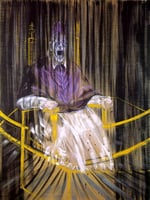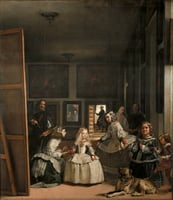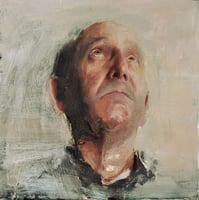Francis Bacon was an iconic British figurative painter whose work was marked by strong emotion and...
New-Figuration: Exploring a New Way of Artistic Expression
New Figuration, or Neo-Figuration, is an artistic movement which emerged in the late 1960s and early 1970s. It was a reaction against the abstract and minimalist tendencies of the previous decades and sought to bring figuration back into art. The movement is usually associated with the French art scene, although it was also present in other countries, such as Italy and Germany.
The movement was characterized by a return to representational painting, with an emphasis on narrative, symbolism and the use of bright colors. Artists such as Georg Baselitz, A. R. Penck, Jörg Immendorff and Anselm Kiefer were prominent figures of the movement. They employed the use of symbols and allegorical images to convey deeper meanings and emotions.
New Figuration was also deeply influenced by Pop Art, as it often employed the use of popular culture imagery and references. However, unlike Pop Art, it sought to combine this imagery with more traditional elements, such as the use of expressive brushwork and the inclusion of classical themes.
The movement was short-lived, but it had a lasting impact on the art world. It paved the way for Neo-Expressionism and Trans-Avant Garde movements which followed. New Figuration also inspired younger generations of artists, who would incorporate its symbolic imagery and narrative elements into their own works.




